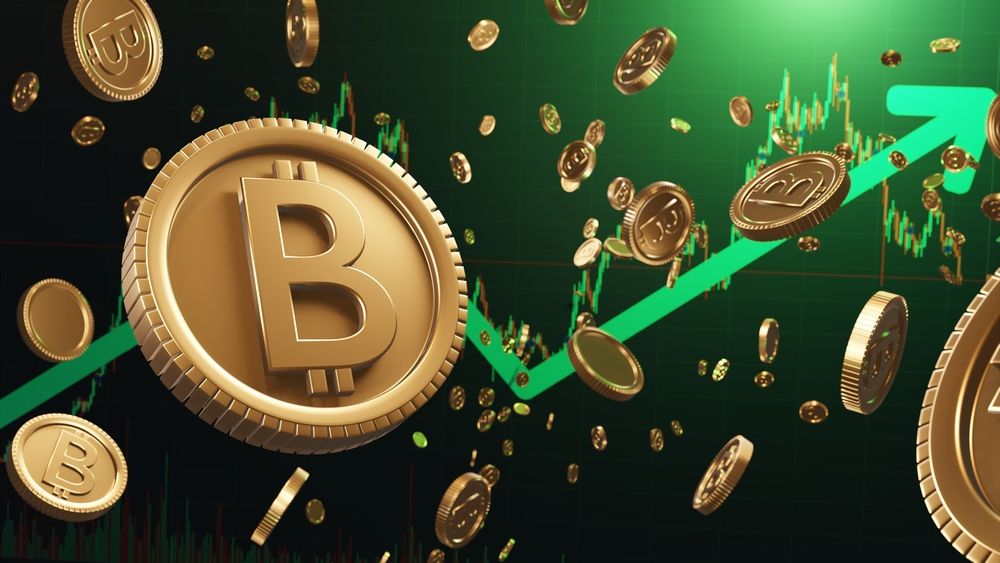
Introduction to Coinbase
Coinbase, a San Francisco-based cryptocurrency exchange platform, has evolved as one of the most trusted destinations for trading digital currencies like Bitcoin, Ethereum, Litecoin, and many more. As of its direct listing in April 2021, it holds more than 56 million verified users and processes transactions worth billions of dollars every day.
Understanding the Coinbase Ecosystem
The Coinbase ecosystem provides extensive platforms for both beginner and seasoned traders. The two primary platforms are Coinbase and Coinbase Pro.
The standard Coinbase platform is tailored for beginners and focuses more on the ease of use. Here, users can buy, sell, and store cryptocurrencies. It supports various payment methods including Debit/Credit Cards, Wire Transfer, and PayPal.
On the other hand, Coinbase Pro, previously referred to as GDAX, caters to seasoned traders. It offers advanced trading options like margin trading, market order, limit order, and stop order. The Pro version also provides more detailed analytical tools and lower transaction fees compared to the regular version.
Deciphering Coinbase Transfer Fees
Fees on Coinbase are an important factor to consider while trading cryptocurrencies. Essentially, the cost of buying, selling, and transferring cryptocurrencies depend on two factors:
- Payment method
- Your location
Coinbase Regular Fee Structure
Coinbase uses a tiered fee structure for all transactions. The base fee for transactions below $10 is $0.99. The fee gradually increases as per the following tiers:

- $1.49 for transactions between $10.01 and $25
- $1.99 for transactions between $25.01 and $50
- $2.99 for transactions between $50.01 and $200
For transactions above $200, a percentage fee of 1.49% applies. It’s important to note that Coinbase might also charge an additional ‘spread margin’ of up to 2% for Digital Currency Conversions.
Coinbase Pro Fee Structure
Coinbase Pro operates on a maker-taker fee model. Here, the trading fees range from 0% to 0.5% depending on your trading volume over the trailing 30-day period. The more you trade, the lesser the fees.
A Snapshot of Global Crypto Market
As cryptocurrencies continue to burgeon beyond Bitcoin into altcoins like Ethereum (ETH), Polkadot (DOT), and Chainlink (LINK), the global crypto market has become an irresistible realm for investors. As of 2021, the global digital coin market stands at a staggering $1.6 trillion, presenting both seasoned investors and high-risk takers with enticing opportunities for dazzling returns.
Conclusion and Disclaimer
Though the realm of cryptocurrency offers immense potential, it’s crucial to understand the ecosystem and, particularly, the fee structure of the platform you choose to trade on. Careful consideration and understanding of the Coinbase transfer fees can help optimize your transactions and maximize your gains.
Please note that this guide is for informational purposes only. It doesn’t offer investment advice but aims to give readers better insight into the fee structure of Coinbase. Always do your own research and consult with a professional financial advisor before making any investment decisions in the cryptocurrency space.
Leia também: Understanding Coinbase Deposit Limits: A Comprehensive Guide in Today’s Dynamic Crypto Landscape
Pros and Cons of Trading Cryptocurrency on Coinbase vs. Other Platforms